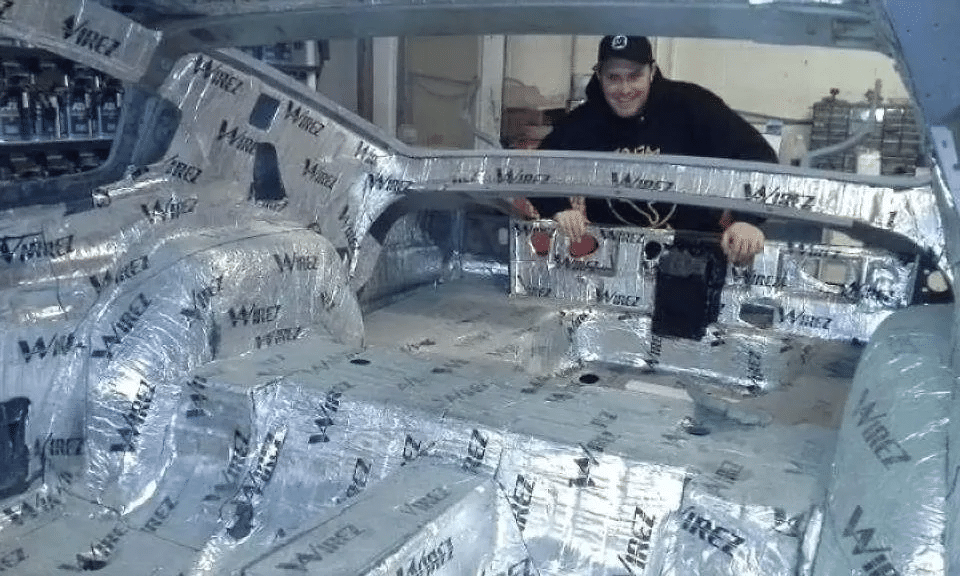Most mobile audio enthusiasts know that sound deadening is an important part of a car audio system upgrade. This simple material will not only reduce the amount of road and wind noise that you hear, but it can dramatically improve the performance of your audio system. Let’s take a close look at how common sound deadening materials work.
What Is Sound Deadening?
Whether you call it sound deadening, soundproofing or damping material, the goal of the product is to make the interior of your car or truck quieter. While there are exceptions, the majority of sound deadening products on the market are available in sheets that combine a layer of butyl rubber compound and a layer of aluminum. The aluminum exists to provide structural stability to the material and allow it to span gaps and openings in the door and other body panels.
Several companies offer damping materials that add a thin layer of foam on top of the aluminum to prevent buzzes and rattles from wiring harnesses and door lock actuator rods for an even quieter interior.
How Does Sound Deadening Work?
The base layer is a dense, flexible sheet of elastomeric butyl. This gooey, sticky material is applied to flat metal surfaces of your vehicle to add mass. This increase in mass makes it more difficult for sound energy from outside the vehicle to vibrate the metal panel and transfer into the interior.
Read more: How Does Sound Deadening Work in a Vehicle?










